Panasonic Lumix DMC-FX77 Review
Panasonic Lumix DMC-FX77
Packing a large 3.5in touch screen this sleek new 12.1 megapixel ultra compact is attractive in more ways than one.
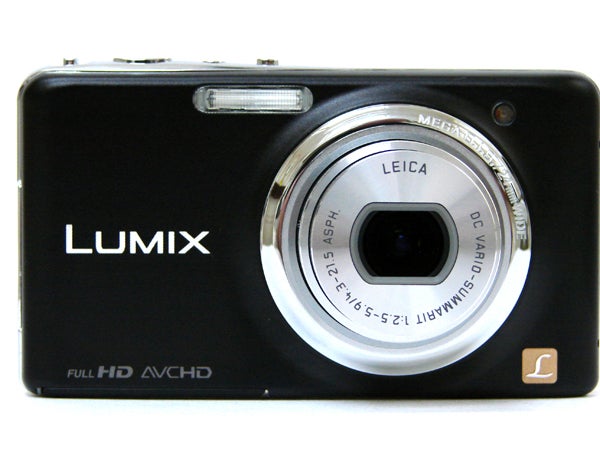
Verdict
Pros
- Touch nice for viewing pictures
- Stylish design
- Good results with minimal effort
- Good low light performance
Cons
- Few physical controls
- Touchscreen easy to press accidentally
- Somewhat pricey
Key Specifications
- Review Price: £249.99
- 12.1 megapixel
- 5x zoom lens (24 - 120mm, f2.2 - )
- Large 3.5in touchscreen
Once the stuff of science fiction movies, touch screens have gradually worked their way into our everyday lives to such an extent that we would hardly bat an eyelid at finding one incorporated into the latest pair of Nike’s, let alone feel the warm glow anticipation at finding one on a digital camera. That said, it’s still something of a rarity to see a camera with almost not physical controls, as here with the new 12.1 megapixel Panasonic DMC-FX77: the larger-than-average 3.5-inch screen swallows up the entire backplate of the camera, in iPhone fashion.
While, when viewed from the rear, this means the FX77 doesn’t obviously resemble a camera – it could indeed be a sleek phone – from the front and top it’s very much business as usual. Specifically it measures 99.7 x 55.2 x 20.6mm, which makes it about the height of a business card if broader in width and inevitably depth. In other words, it’s an entirely average ultra compact in this regard and will comfortably fit in the average pocket. It’s also lightweight enough – even with lithium ion rechargeable battery and removable SD media inserted – for you to almost forget it’s there.
With near total reliance on the touch screen, Panasonic has thrown the kitchen sink at it in terms of touch panel technology. We get the ability to bias focus and exposure to a particular subject by touching it on screen, fire the shutter release with a subsequent touch, and even zoom in or out with a semi-circular swipe of a finger tip. In playback mode images can also be scrolled through by intuitively dragging the finger across the screen. 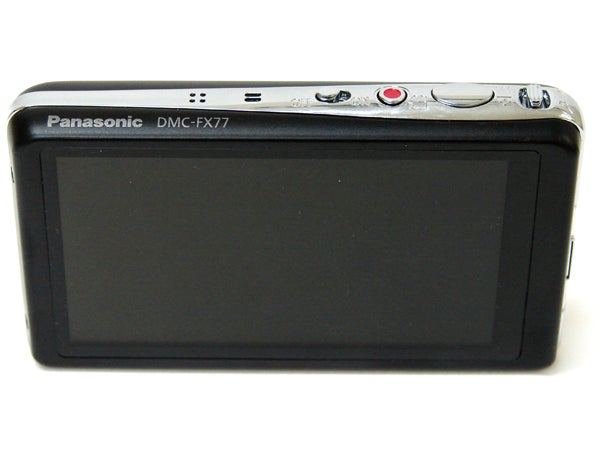
In terms of specification, the FX77 initially seems modest, coming after we have reviewed the toughened, almost destruction proof, Lumix DMC-FT3 and 16x optical zoom DMC-TZ20, both of which appeared to be pushing the envelope in terms of capability for their class. That said, the FX77 does offer the versatility of a relatively bright f/2.5 lens, theoretically allowing for better results when attempting low light photography. The focal range also starts out at an impressively wide 24mm equivalent (in 35mm film terms) to enable those landscape shots and group portraits, plus boasts a 5x optical zoom to pull the action closer, going up to 120mm equivalent at the telephoto end. If that’s not enough, its maker provides the ‘extra optical zoom’ option to extend this to a 9.8x reach, as long as you don’t mind resolution dropping to three megapixels as only the central portion of the CCD sensor is utilised; the camera in effect making a crop. 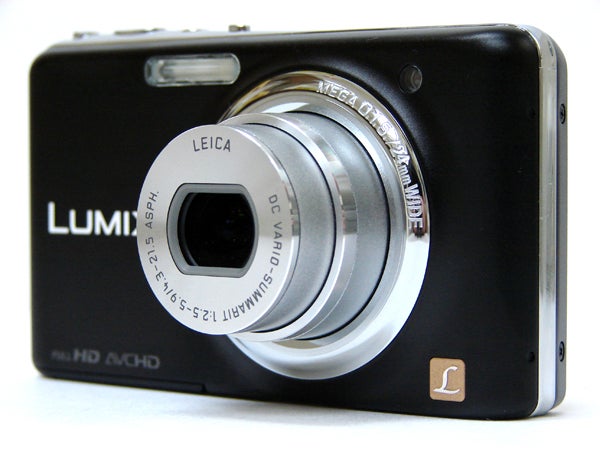
In terms of ticking boxes for the latest must haves, its maker also adds the rapid fire 3D shooting mode seen on its latest raft of Lumix compacts, whereby you pan the camera across the scene and the 3D image is automatically put together from the combination. As with most such cameras that have this feature, you do require a 3D TV to view the resultant MPO file generated. Further bolstering the package are Full HD video recording, 3.7 frames per second continuous capture at full resolution, or 10fps at a reduced three megapixels. For that, a street price of around £250 feels fair.
So come with us as we drill deeper into this camera’s feature set, handling and performance to see if the Panasonic Lumix DMC-FX77 could be the best fit for you.
The FX77 then is a camera of literally two halves; conventional snapshot from the front, monolithic, state-of-the-art touch screen model at the back. Physical controls have been squeezed onto a narrow chrome strip running along the top plate of the camera, which drops down and continues along each side. Flanking the lens on the front are a self timer/AF assist lamp and integral flash. 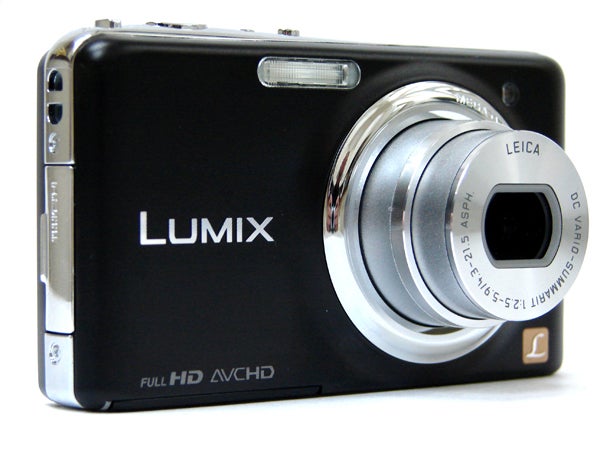
Up top we get a conventional on/off switch, rather than button, that as a result feels distinctly retro in its surroundings, plus teeny video record button requiring fingernail precision. Next is an oval-shaped shutter release that’s the largest control here, plus, squeezed in at the camera’s outer edge, a separate raised zoom lever alongside it. The zoom control is ridged to provide some purchase for the fingertip and prevent it from slipping when toggling back and forth.
Unsurprisingly, as this camera is all about sleek minimalist styling, there’s no traditional hand grip, nor even a knurled or dotted section on the back to aid purchase for your thumb – it really isn’t the most practical camera in this regard. Whilst Panasonic hasn’t placed any virtual buttons at the top right hand corner of the screen where your thumb might inadvertently make contact, it is nevertheless possible to accidentally fire the shutter release in this manner. If you find this happening with regularity the feature can be disabled with a tap of the shutter button icon, located in the bottom right hand corner of the screen next to the control for enabling the virtual zoom control, and below two stacked icons for image capture and playback. All are given equal ‘weighting’ on screen and are of a sufficient size for your fingertip to locate easily. Spacing, whilst close, is nevertheless sufficient to avoid inadvertently selecting the option adjacent to the one you actually wanted.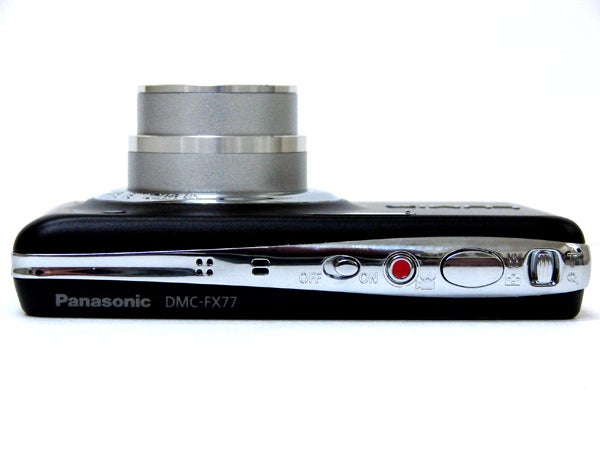
Press the capture mode icon and the user is presented with six choices. We have the intelligent Auto (iA) mode familiar to long-standing Lumix users that compares common scenes and subjects with on-board parameters and automatically selects the most suitable to provide optimum results. There’s also program auto, or ‘normal picture’ mode as Panasonic refers to it here. In the latter mode greater access is provided to manually adjustable options with a press of the ‘menu’ button bottom left of screen. In capture mode, scene mode is the third icon presented, a press of which provides access to 25 pre-optimised settings covering the familiar portrait and landscape settings. It’s also here that we find High Sensitivity mode, whereby the camera’s ISO range is automatically boosted to a maximum ISO6400 if the camera determines such a setting is required, with the caveat of a resolution drop to 3 megapixels if shooting in regular 4:3 aspect ratio. So a bit of a last resort option for low light snappers.
The fourth of the capture mode icons is for 3D mode. This apes the Sweep Panorama feature of the latest Sony Cyber-shot and NEX compacts by compositing one single image from a sequence of shots. On the Panasonic this is derived from up to 20 individual frames captured when panning with the camera through a narrow 10cm arc, as advised by its on-screen text, which is far less than the 100 images utilised by the range topping Sony’s. 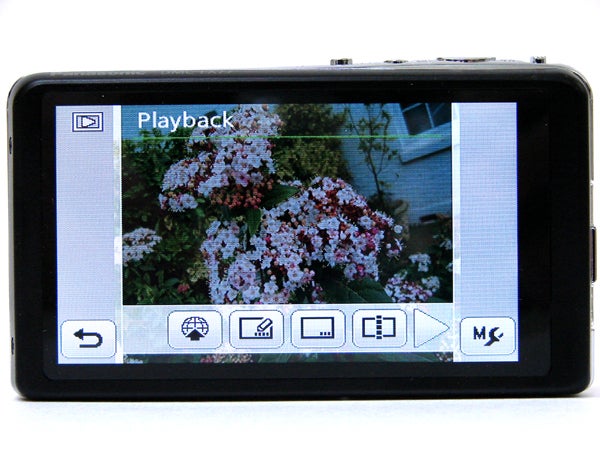
For narcissists, Panasonic also throws in a beauty mode among the six image capture choices, or as it calls it here, ‘cosmetic’ mode, allowing the adjustment of skin tone from the default of ‘natural’ to ‘soft’ or ‘summer’ for anyone wanting a fake tan (Or rather their subjects to have such an appearance) without having to reach for the bottle. Perhaps of greater interest for photo enthusiasts is the ever growing range of Panasonic’s ‘My Color’ modes. The choices here include a highly colour saturated pop art option, alongside retro, pure and mono choices, plus high dynamic range, silhouette, pin hole camera and film grain. These are presented four options at a time along a toolbar that runs along the bottom of the screen, rather than all at once as a series of thumbnails. Whilst arguably inessential, they’re nevertheless attractive options to have when your creativity has been exhausted shooting in ‘normal’ mode. Moreover they provide those who don’t actually want to spend ages achieving similar in Photoshop with a quick fix, and extend the camera’s user friendly ethos.
A flick of the power switch and the FX77 powers up ready for the first shot in two seconds, which is reasonably rapid for a compact of this calibre.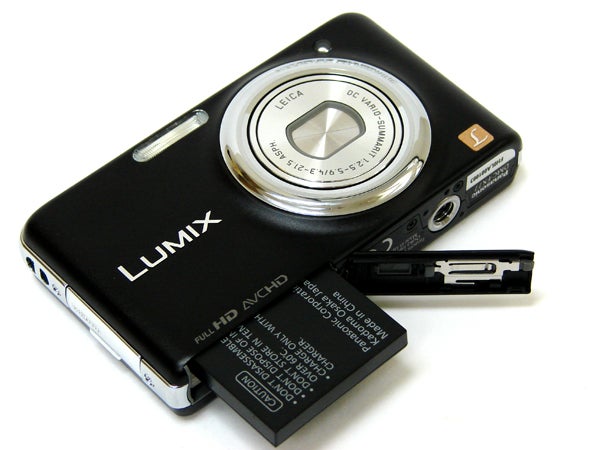
In standard 4:3 aspect ratio stills shooting mode – the Panasonic’s default setting – black bands crop the left and right hand side of the screen, and it’s against this backdrop that the basic function buttons are overlaid at the outer edges so as not to distract from the main subject matter. Tap one of these virtual icons and a menu extends out across the screen presenting various options; tap again on one to select and it reverts back to the original display. Not as instant as a quick twist of a shooting mode dial or press of a button to select the mode you want – and to select the likes of an ISO setting, there are up to five button presses, for example – but use of the screen quickly becomes intuitive nonetheless.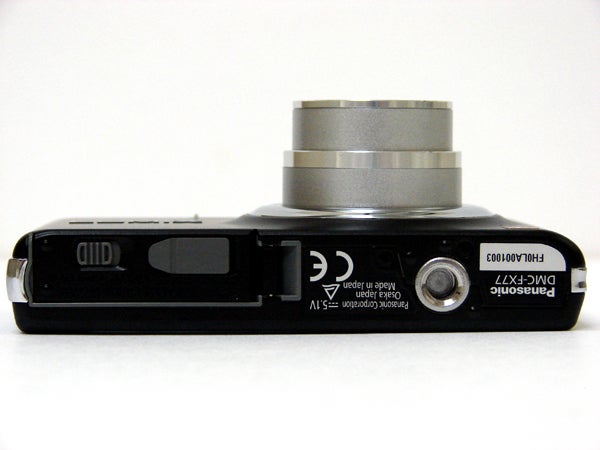
Usefully, should you be reviewing a shot at the same time as you spot a further photo opportunity out of the corner of your eye, a half press of the shutter release button will throw you back to image capture mode – no additional button pressing required. A half press of the shutter release button and focus and exposure is determined instantly, central AF point highlighted in green with a beep of affirmation; press down to fully take the shot. This is in contrast to using the touch shutter facility of the screen itself, which with the gentlest of taps immediately fires off a shot. In single shot mode a full 12 megapixel resolution JPEG is committed to memory in around two seconds, which is again par for the course. The screen display blacks out very briefly before displaying the captured image briefly and then returning to the ‘live’ feed.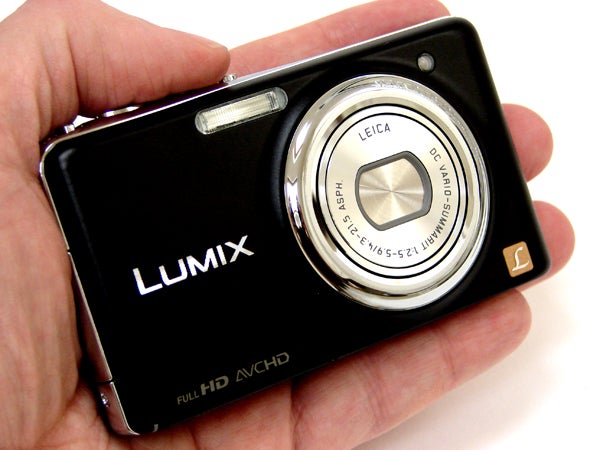
In terms of image quality, as one would expect from a Panasonic camera, good results are delivered with the minimum of fuss and with a reassuring consistency and reliability. If we’ve a grumble it’s that sometimes the white balance is a tad off – daylight scenes imbued with a blue/purple wash if looking particularly closely as on some of our ISO samples – whilst blue skies can sometimes appear a shade turquoise. But these are minor grumbles. Most of the time you really can just point and shoot and get fuss free results that better expectation and give the lie to the inherent suggestion here that the FX77 may be as much about style as it is substance. Thanks in part to the combination of a brighter than average lens and a latest generation image processor we were able to achieve usable low light results shooting up to and including ISO1600. Although that top setting may look modest compared to compacts that offer ISO6400 as a manually selectable option (here it’s only via High Sensitivity mode, and then, if opted for by the camera’s choosing), at least the top setting here is one worth having – and indeed using.
”’Verdict”’
This is a sleek, user friendly compact that, when you strip away the glossy looks and technological gimmicks, is your point and shoot compact pure and simple. This means that inevitably it’s devoid of much in the way of manual control, apart from the ability to literally get hands on via the touch screen, plus apply attractive digital effects filters to raise your images above the level of pure snaps. Which is arguably all anyone could ask anyway of a snapshot camera. That said, the touch screen doesn’t particularly add to the experience of using the camera and in fact gets in the way sometimes when trying to grip one handed. So, while it’s still a good choice, you may prefer some cheaper non-touchscreen alternatives, including this camera’s predecessor the FX70.
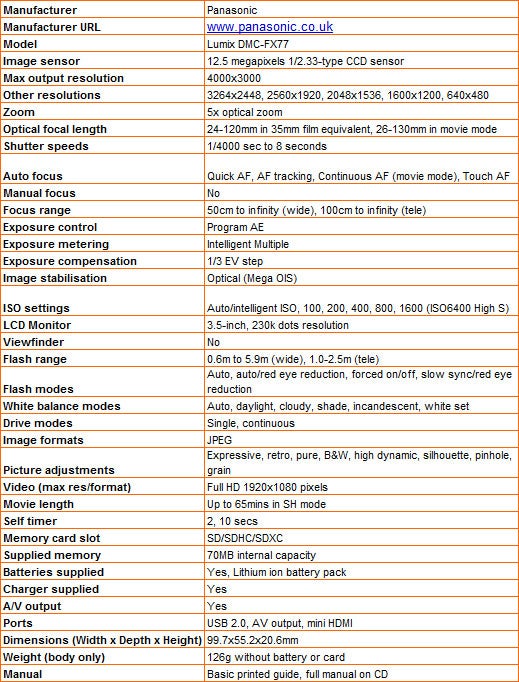
”’As with Panasonic’s Micro Four Thirds compact system cameras and its co-announced FT3 and TZ20 brethren, the Lumix DMC-FX77 offers Auto ISO and ‘intelligent’ ISO for those who want to leave the camera to decide, and with commendable consistency. Here the camera opted for the lowest setting of ISO100 in each case. Otherwise it’s a fairly standard manually selectable range of ISO100-1600, with the top ISO6400 option only available via High Sensitivity mode and so when the camera deems it necessary.”’
—-
—-
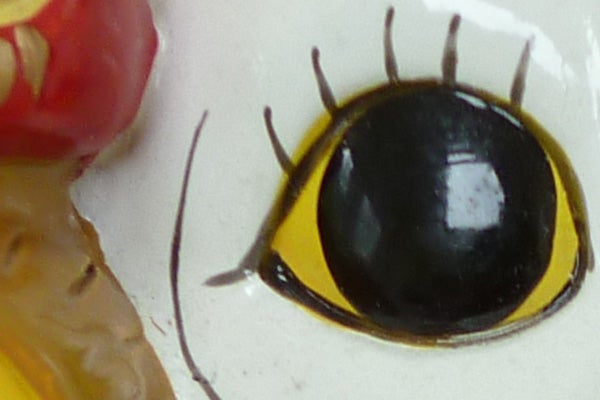
As expected at the lowest ISO100 setting as expected we’re not seeing any noise and detail is pin sharp, though as we were shooting with available daylight our background has been leant a blue-ish cast that could be easily corrected in the image editor of your choosing.
—-
Little difference is visible in terms of performance as we up the ante to ISO200, so similarly no image noise to report.
—-
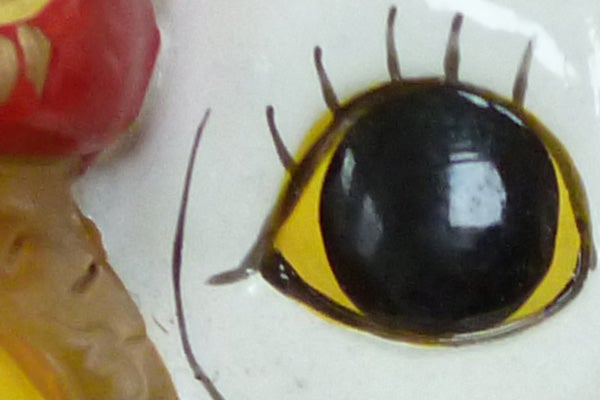
At ISO400, normally the stage at which noise begins to intrude if we’re unlucky. Detail has however held well and even in the murkiest shadow areas we’re not seeing any grain.
—-
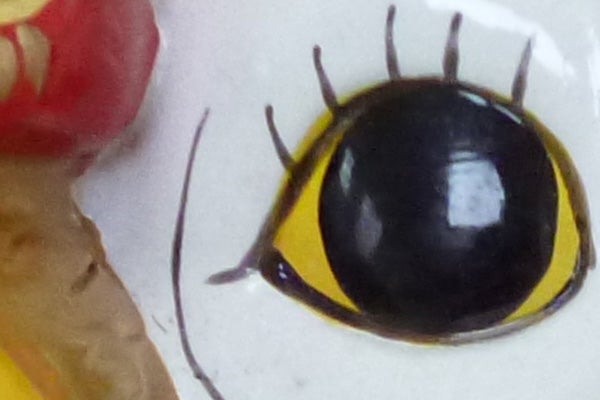
Taking a close look at ISO800 and, apart from another blue/purple colour cast to the image, if there’s noise present it’s very fine indeed and wouldn’t bother all but the most picky of users.
—-
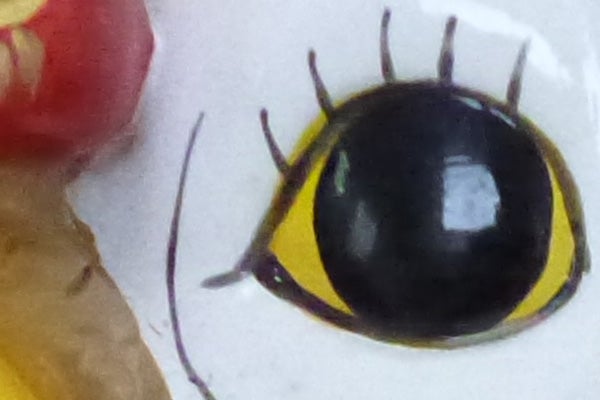
At ISO1600 we’re now starting to loose some definition and noise is becoming more visible, but this is a setting we’d be happy to keep shooting at nonetheless if the light situation required it.
—-

We’ve tried the High Sensitivity mode on our test subjects too, which results in a resolution drop in order to better disguise any increase in noise. Detail is, as a result, slightly smudged so the image has the effect of looking cleaner overall. Again a better than expected result from the FX77.
—-
””A more general selection of test shots are revealed on this page and next to act as an evaluation of the Panasonic Lumix DMC-FX77 in a variety of shooting conditions.””
—-
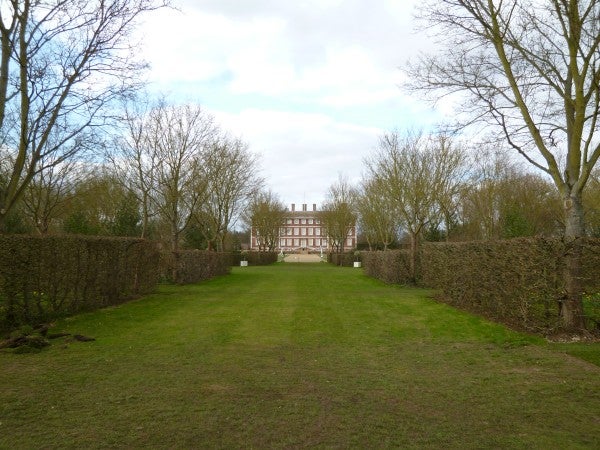
An image taken with the FX77’s zoom at its widest, 24mm equivalent, setting. Good edge to edge sharpness with any barrel distortion well hidden amidst the natural setting, even if we are getting some obvious pixel fringing where tree branches meet sky at the upper left hand corners of the frame. As we found when we tested the TZ20 which also starts out as wide, the image is a little flat straight out of the camera and could do with contrast being tweaked to give it a punchier appearance.
—-

The same is true if we’re being picky in terms of our shot lacking contrast at maximum albeit modest 120mm equivalent telephoto setting, but comparing these two images should provide a very good idea of how close you can get (and from how far away) with the lens provided. Though not the main selling point with this camera, the lens performance isn’t bad at all.
—–
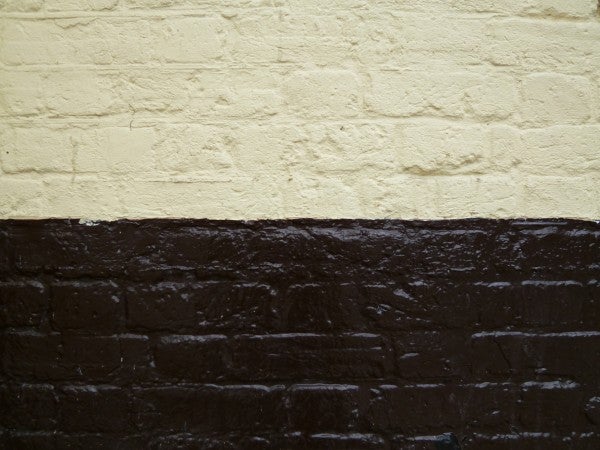
Not the most visually arresting of shots, but this wide angle image shows the kind of detail achievable from the FX77. We’re not getting much in the way of barrel distortion and although the image is softening slightly towards the corners ever so slightly, it’s not to a significant degree.
—-

By contrast a JPEG image taken at the telephoto end of the FX77’s zoom range. Again the camera has biased focus on whatever is centre of the frame, with detail gradually softening as we move outwards. That being said, we have achieve a good level of crispness where it counts, the rusty metalwork and flaking paint being nicely detailed.
—-
”’Here are some general test shots taken with the FX77 to give an idea of performance ability when it comes to image quality, dynamic range, colour rendition and focal range.”’
—-

When shooting in normal mode with the FX77 there’s the ability to select the ‘color mode’ options with a press of the menu button if you feel your image needs a boost in terms of saturation, or even toning down. The vivid mode always coms in handy for adding a bit of visual punch.
—-

Although most images will benefit from a slight adjustment for brightness and contrast in the image editing package of your choice, this is a camera that delivers more than acceptable results straight off the bat, as this unadulterated swans image reveals. Yes, we’ve lost a bit of detail in the highlights but overall the camera has made the right decision when it comes to focus and exposure.
—-

Good depth of field here with detail maintained from front to back of shot, contrast more or less spot on and colours attractive, if veering towards the warm end of the spectrum. Again, a good result, and especially so from a pocket snapshot.
—-

Here we selected the vivid colour mode option to try and highlight the flowering yellows, the blue of the sky, the red of the walls bricks and the brown-ish green of the moss thereon. Whilst this has produced a very usable result, pleasingly it isn’t garishly overdone.
—-
Trusted Score
Score in detail
-
Value 7
-
Image Quality 8
Features
| Camera type | Digital SLR |
| Megapixels (Megapixel) | Megapixel |
| Optical Zoom (Times) | 12 Xx |
| Image Stabilisation | Optical |
| LCD Monitor | 3 in |
| Flash modes | Auto Flash, Flash OFF, Flash ON, Red-eye Reduction |
| Video (max res/format) | 640 x 480 |

